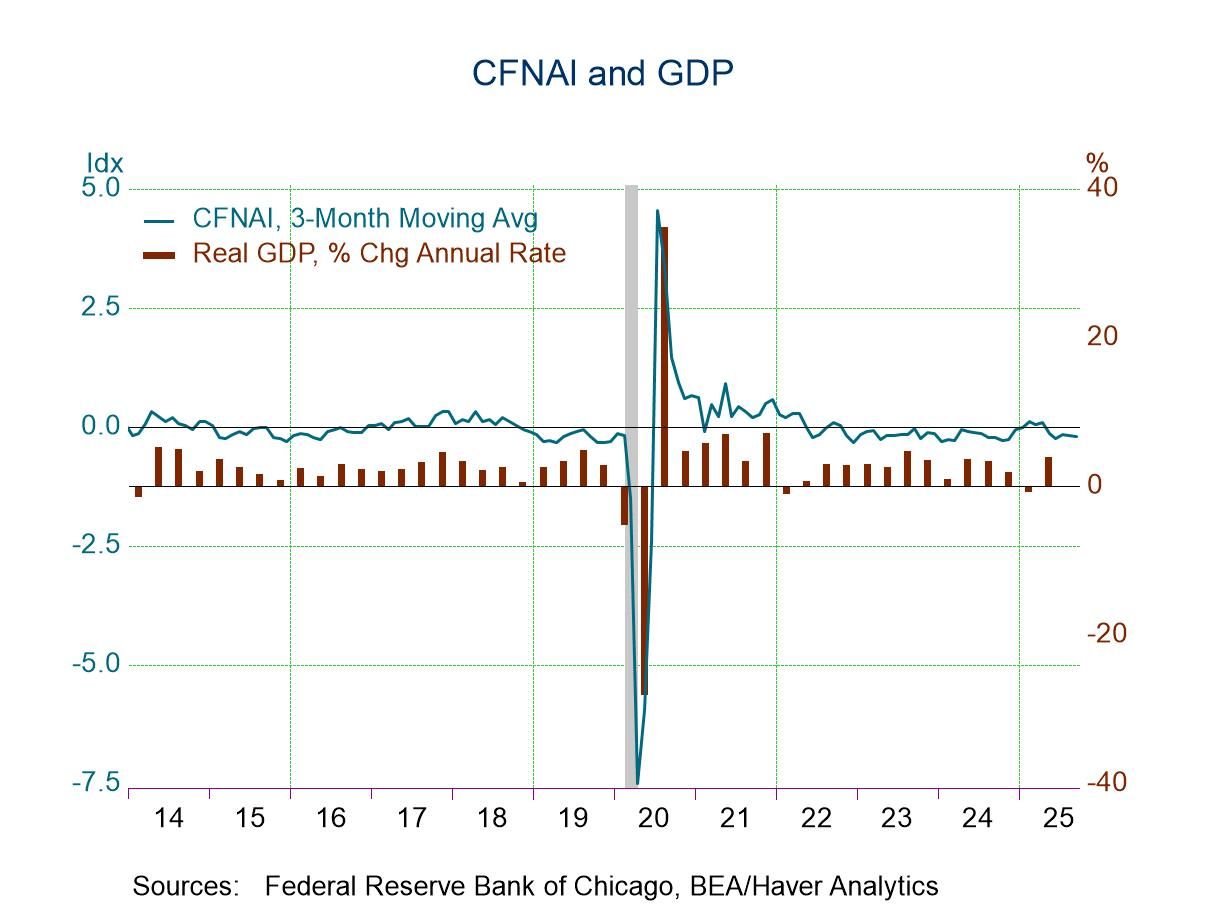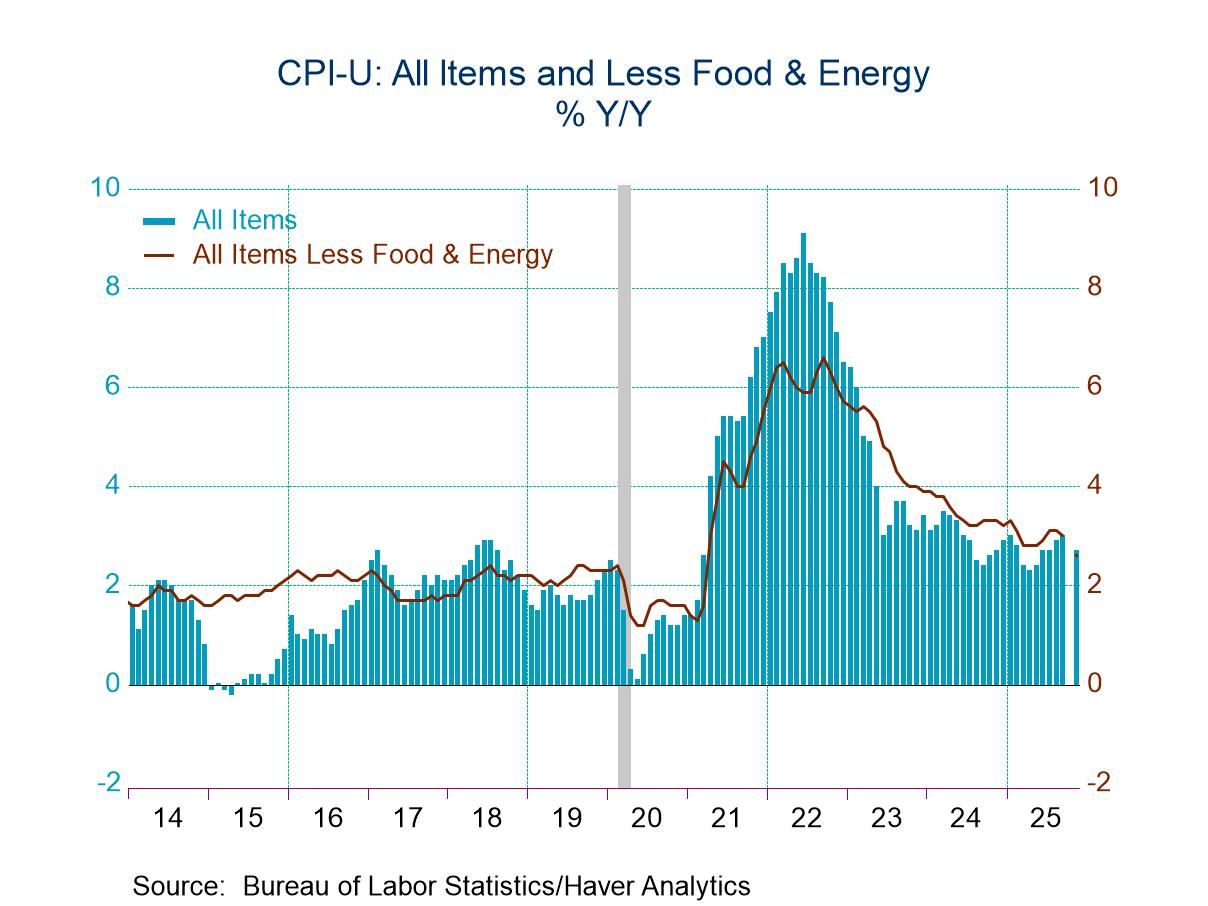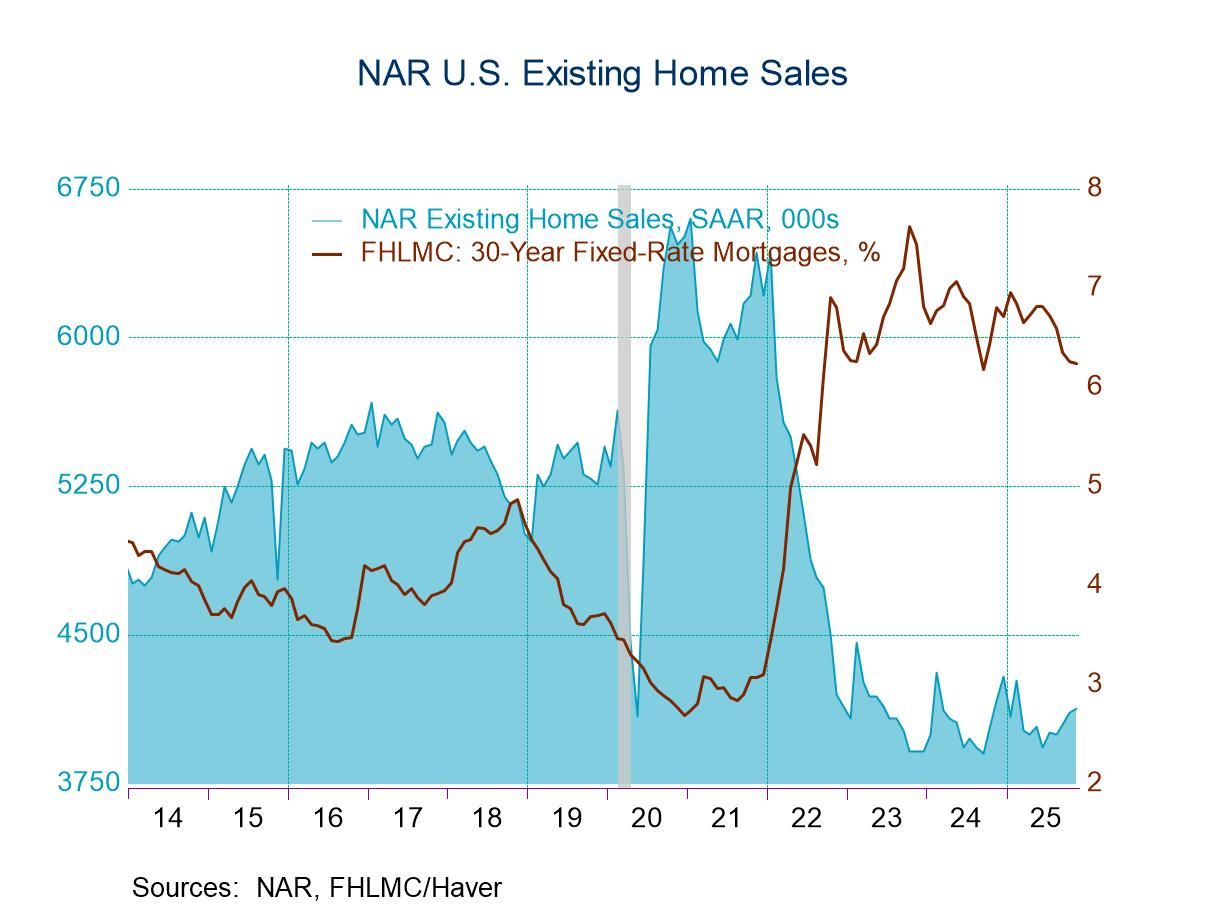U.S. Wholesale Inventories Lag Sales in January
by:Tom Moeller
|in:Economy in Brief
Summary
- Inventory gain is broad-based.
- Sales strength also extends across categories.
- I/S ratio drops.


Wholesale inventories rose 0.8% (18.1% y/y) during January compared to a 1.1% gain reported in the advance report issued on February 28. December's 2.6% inventory increase was revised from 2.2%. The Informa Global Markets Survey expected a 0.8% January gain.
Durable goods inventories increased 0.8% in January (20.2% y/y) after surging 3.1% in December. Motor vehicle & parts inventories fell 2.2% (+8.1% y/y). Furniture & home furnishings inventories gained 2.5% (38.2% y/y). Metals & minerals inventories increased 1.3% (48.2% y/y). Electrical equipment inventories were up 1.3% (27.0%), while professional & commercial equipment inventories increased 1.3% (15.1% y/y). Machinery inventories rose 1.2% (8.0% y/y). In the nondurable sector, inventories increased 0.9% (15.0% y/y) after strengthening 1.8% in December. A 1.1% increase (30.3% y/y) in inventories of petroleum & petroleum products led the January rise. Apparel inventories gained 2.0% (25.8% y/y) while chemicals inventories rose 2.7% (20.8%). Paper & paper product inventories edged 0.6% higher (11.7% y/y).
Wholesale sales surged 4.0% (22.4% y/y) during January after increasing 0.8% in December, revised from 0.2%. A 0.6% rise was anticipated in the Action Economics Forecast Survey.
Durable goods sales strengthened 5.7% in January (18.6% y/y) after strong gains in each of the prior three months. Electrical equipment sales increased 11.3% (25.2% y/y) and hardware, plumbing & heating products increased 5.9% (18.9% y/y). Furniture & home furnishings sales rose 6.2% (12.0% y/y). Lumber sales increased 6.1% (30.8% y/y) and purchases of motor vehicles gained 6.0% (7.0% y/y). Machinery sales increased 3.7% (14.0% y/y) and metals sales rose 1.5% (54.3% y/y). Sales of nondurable goods rose 2.4% (26.0% y/y) in January following a 0.2% improvement in December. Chemical purchases improved 4.5% (31.6% y/y). Sales of petroleum products strengthened 2.6% (67.8% y/y) with higher prices. Sales of paper product sales surged 2.3% (19.2% y/y) but grocery sales held steady (16.4% y/y). Apparel sales improved 0.6% (19.6% y/y).
The inventory-to-sales ratio plunged to 1.20 in January, its lowest level in six months. The durable goods I/S ratio dropped to 1.53. The nondurable I/S ratio fell to 0.91, down from 1.00 twelve months earlier.
The wholesale trade figures are available in Haver's USECON database. The expectations figure for inventories is contained in the MMSAMER database. Expectations for sales are in the AS1REPNA database.


Tom Moeller
AuthorMore in Author Profile »Prior to joining Haver Analytics in 2000, Mr. Moeller worked as the Economist at Chancellor Capital Management from 1985 to 1999. There, he developed comprehensive economic forecasts and interpreted economic data for equity and fixed income portfolio managers. Also at Chancellor, Mr. Moeller worked as an equity analyst and was responsible for researching and rating companies in the economically sensitive automobile and housing industries for investment in Chancellor’s equity portfolio. Prior to joining Chancellor, Mr. Moeller was an Economist at Citibank from 1979 to 1984. He also analyzed pricing behavior in the metals industry for the Council on Wage and Price Stability in Washington, D.C. In 1999, Mr. Moeller received the award for most accurate forecast from the Forecasters' Club of New York. From 1990 to 1992 he was President of the New York Association for Business Economists. Mr. Moeller earned an M.B.A. in Finance from Fordham University, where he graduated in 1987. He holds a Bachelor of Arts in Economics from George Washington University.






